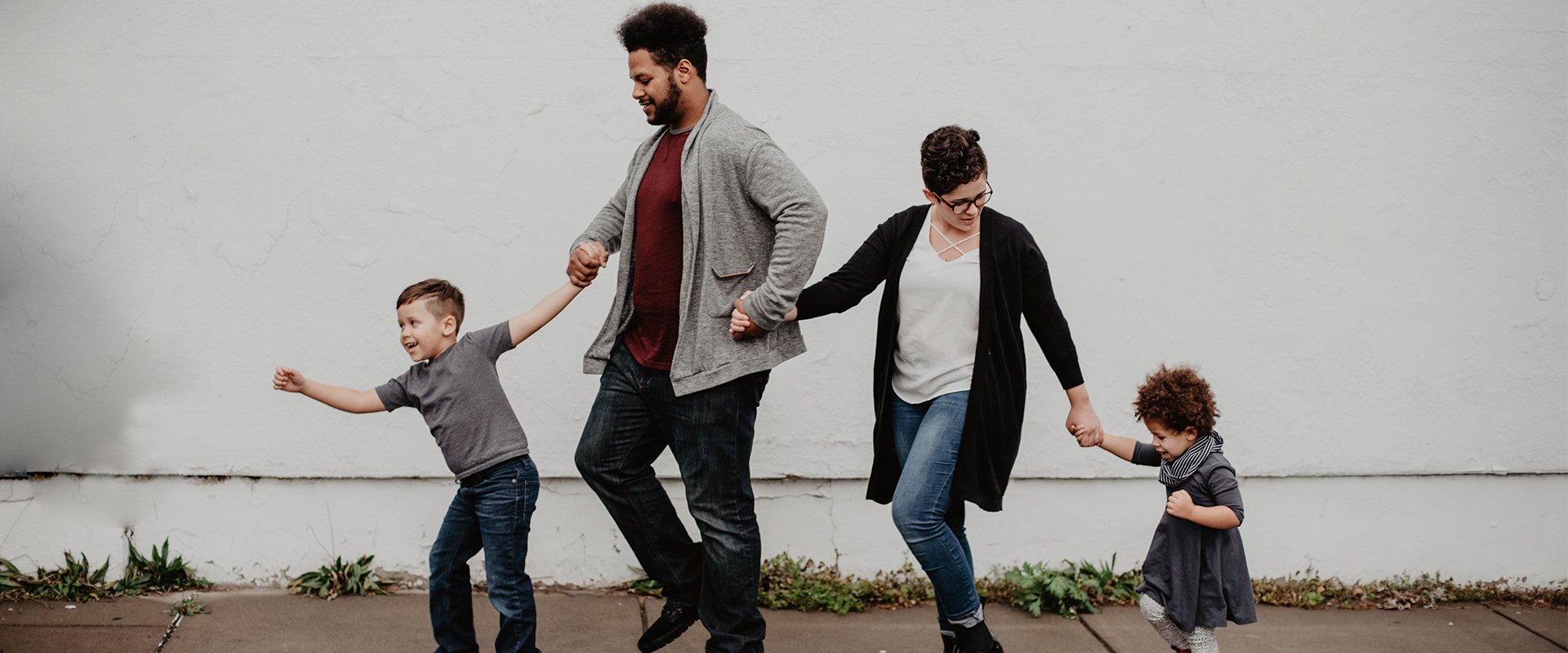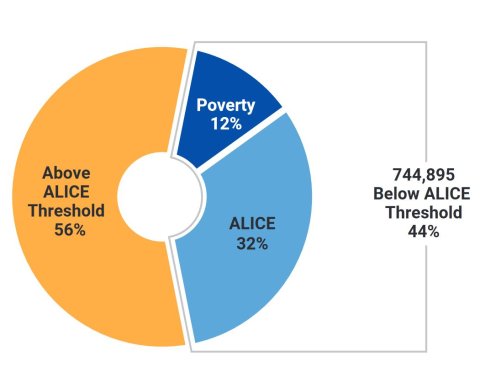The picture of poverty is not what it seems. In collaboration with United For ALICE, United Way Worldwide and United Ways of the Pacific Northwest, we've driven innovative research and action around financial hardship to better understand what poverty looks like in the wake of the disruptive COVID-19 pandemic.
ALICE (Asset Limited, Income Constrained, Employed) households are left unseen in the traditional landscape of poverty, and this collaborative, nation-wide research project seeks to create a better, deeper understanding of the financial hardships they encounter. Drastic inadequacies are obvious when comparing the ALICE Household Survival Budget, a foundation of ALICE research that calculates the bare-minimum cost of household basics needed to live and work in the modern economy, to the Federal Poverty Level. Though the Federal Poverty Level increases annually based on the Consumer Price Index, it does not take into account the stark differences in economic reality in different parts of the nation. In contrast, the actual household costs in the Survival Budget are increased at different rates depending on location, household size and household composition, giving us a better vantage point to assess which families need help where.
This report focuses on households falling below the ALICE threshold in Oregon, detailing key findings around financial resilience, work and wages, demographics, savings and assets and more. ALICE households in Oregon are especially vulnerable to national economic disruptions, increasing drastically after the 2007-2010 Recession and continuing to increase through 2018. By 2019, the number of ALICE households had begun to fall, only to skyrocket during the pandemic.
ALICE households are as diverse as the communities they live in. Exploring the demographics of financial hardship highlights inequities in the state and local economy.
A key contributor to the number of ALICE households in Oregon is the mismatch between cost of living, which has been rising rapidly, and wages. As an example, 46% of Fast Food and Counter Workers (the most common occupation in Oregon) fell below the ALICE threshold in 2021. And that was before pandemic relief had worn off, leading us to believe that the percentage of employed households experiencing financial hardships will only rise.
These findings illustrate a gap in support for thousands of Oregonians working hard to make our state great. It shows us who needs help where, as well as how necessary it is to redefine the concept of poverty and the support those working while experiencing it deserve. Learn more by downloading the full report for Oregon below, or visit the United For ALICE website to see how other states are faring.


